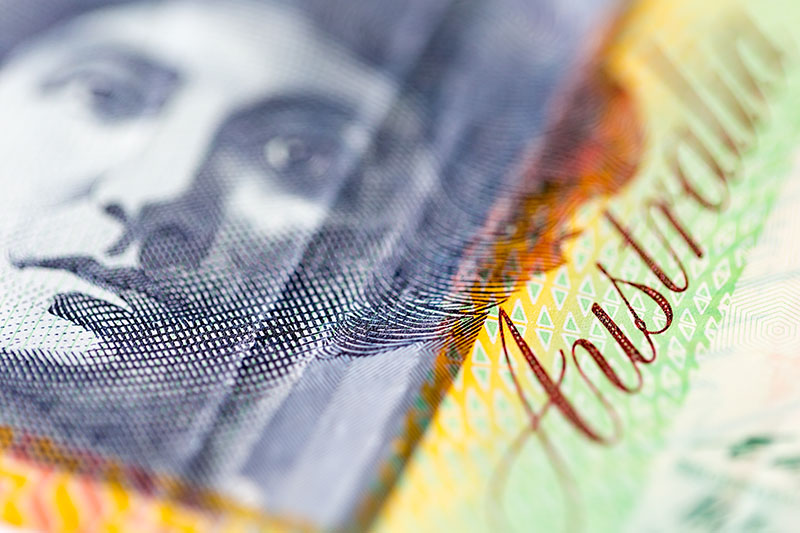By Cecile Lefort and Rebecca Howard
SYDNEY/WELLINGTON, Aug 19 (Reuters) - The Australian and New Zealand dollars were knocked lower on Friday after ratings agency Moody's cut the outlook on Australian banks to negative, providing investors an impetus to sell both currencies.
The Australian dollar AUD=D4 dropped 0.7 percent to $0.7632, pulling away from a recent three-week peak of $0.7760. Support was found at $0.7608.
Traders said the Antipodeans were ripe for a correction and sellers surfaced on news that Moody's was considering cutting the ratings of Australia's major banks due to sluggish profit growth . undermining the currency was euro buying after stops were tripped above A$1.4800. The euro sped up to A$1.4827 EURAUD=R , having bounced four cents since a low touched last week.
The Aussie was on track for a loss of 0.7 percent for the week, having erased earlier gains made on speculation the U.S. Federal Reserve is in no rush to raise interest rates.
Against its kiwi cousin, it shed nearly 1 percent for the week to be at NZ$1.0522 AUDNZD=
Aussie weakness also reverberated around the New Zealand dollar NZD=D4 which came under pressure as New Zealand's banks are owned by Australian financial institutions. The Kiwi shed half a U.S. cent to $0.7255, having touched a 14-month peak of $0.7351 last week.
It has met strong resistance around the $0.7300 level and was up 0.7 percent for the week.
"It has tried about nine times over the past eight weeks and it has failed to push further on all occasions," BNZ Currency Strategist Jason Wong said in a research note.
Data released on Friday showed New Zealand's net migration continued to rise, though this had little immediate effect on the Kiwi. Zealand government bonds 0#NZTSY= eased, sending yields 2 basis points higher at the long end of the curve.
Australian government bond futures were quiet, with the three-year bond contract YTTc1 steady at 98.630. The 10-year contract YTCc1 edged down half a tick to 98.1150, while the 20-year contract YXXc1 added half a tick to 97.5900.
The spread between 10-year AU10YT=RR and 3-year AU3YT=RR government bonds widened to 52 basis points, the fattest since late June. Yields on two-year bonds AU2YT=RR edged up to 1.43 percent, having touched an all-time low of 1.42 percent on Thursday.
